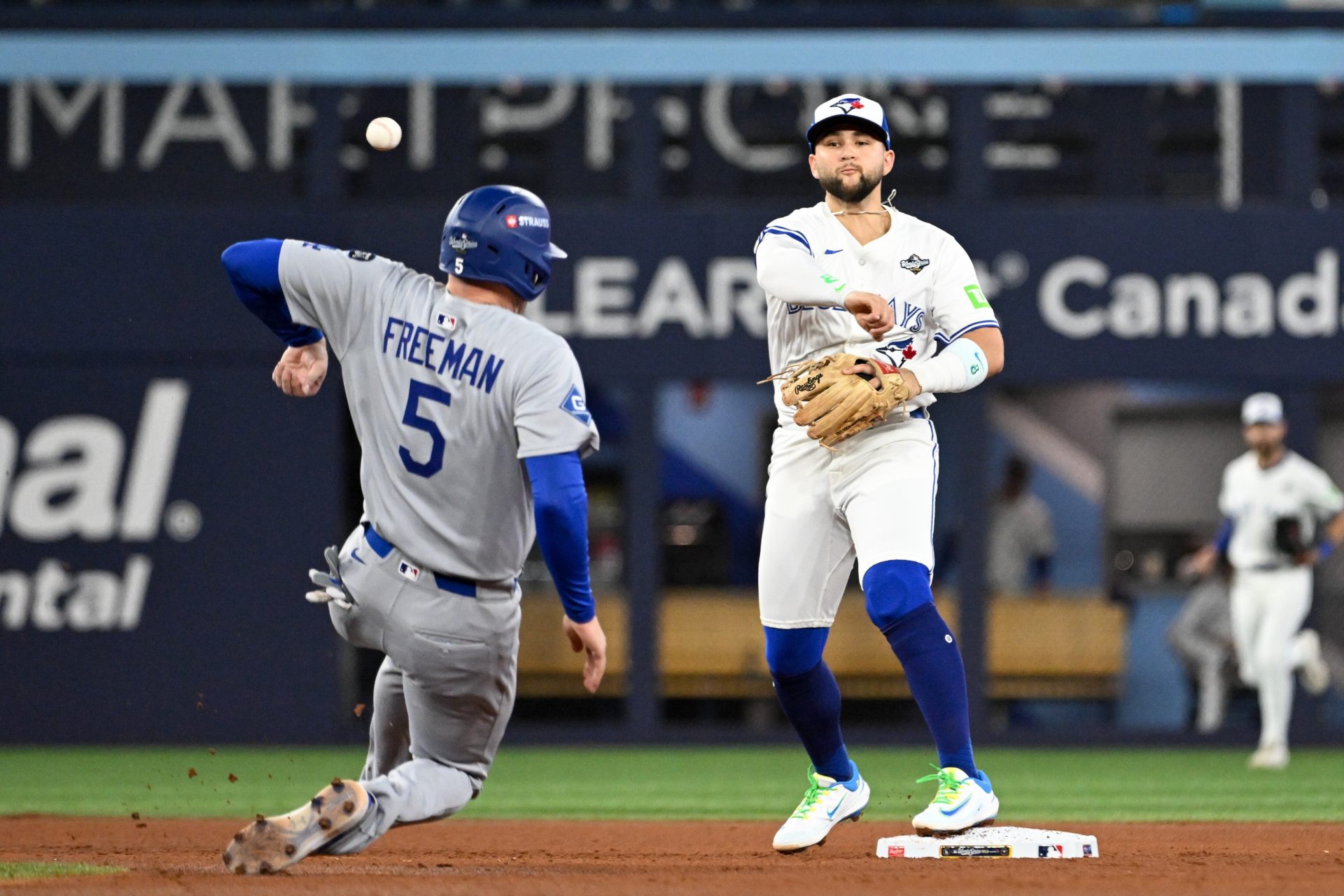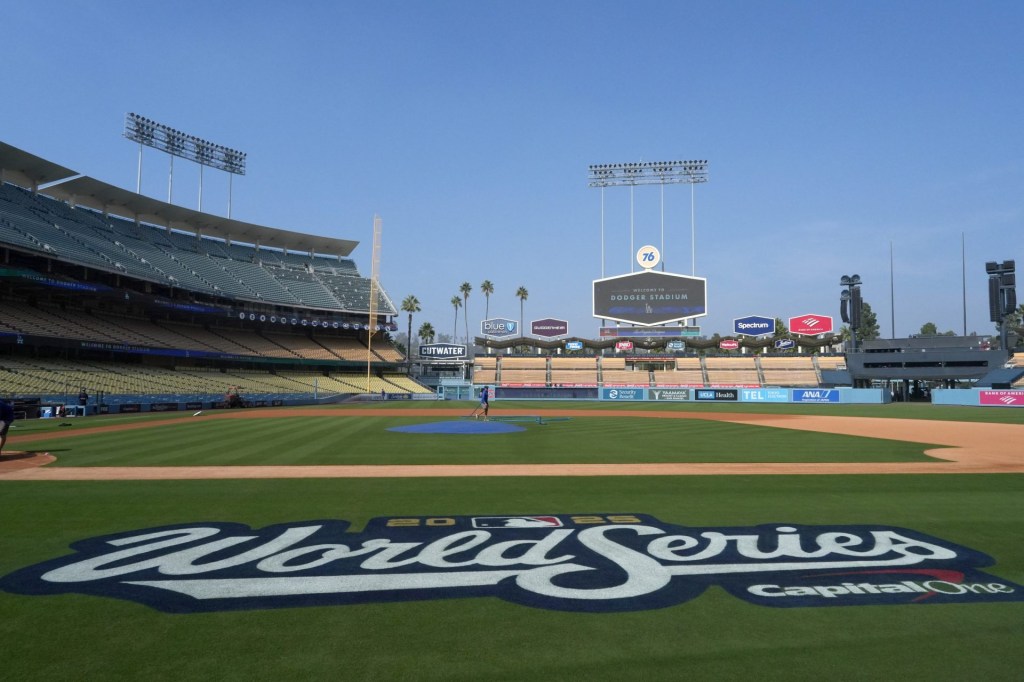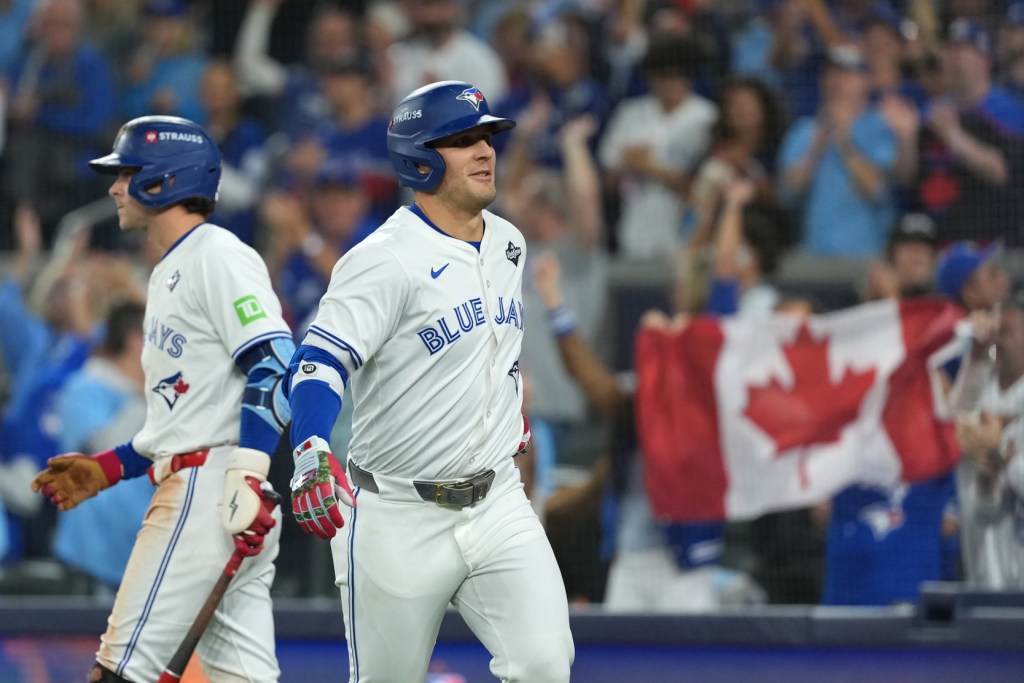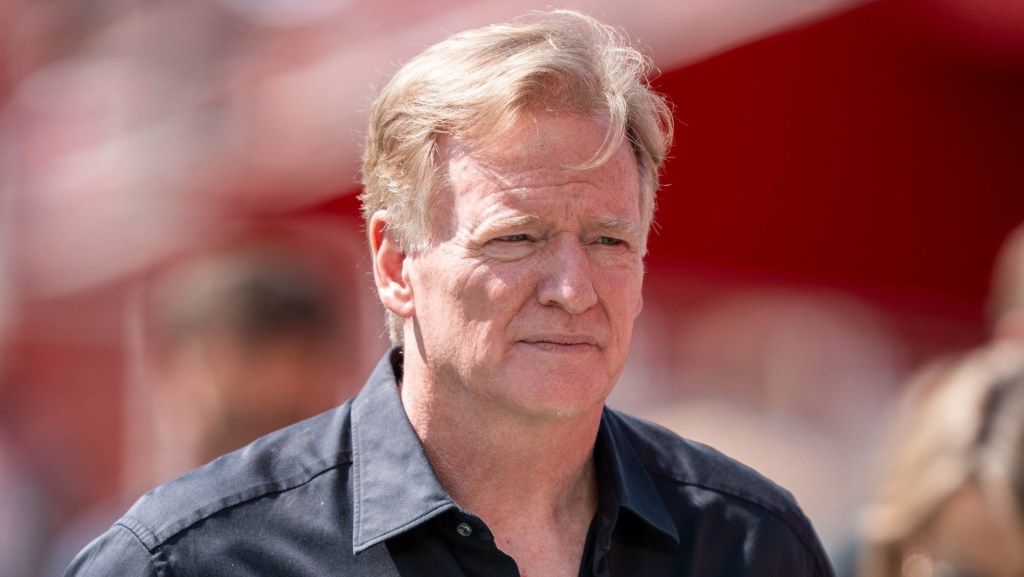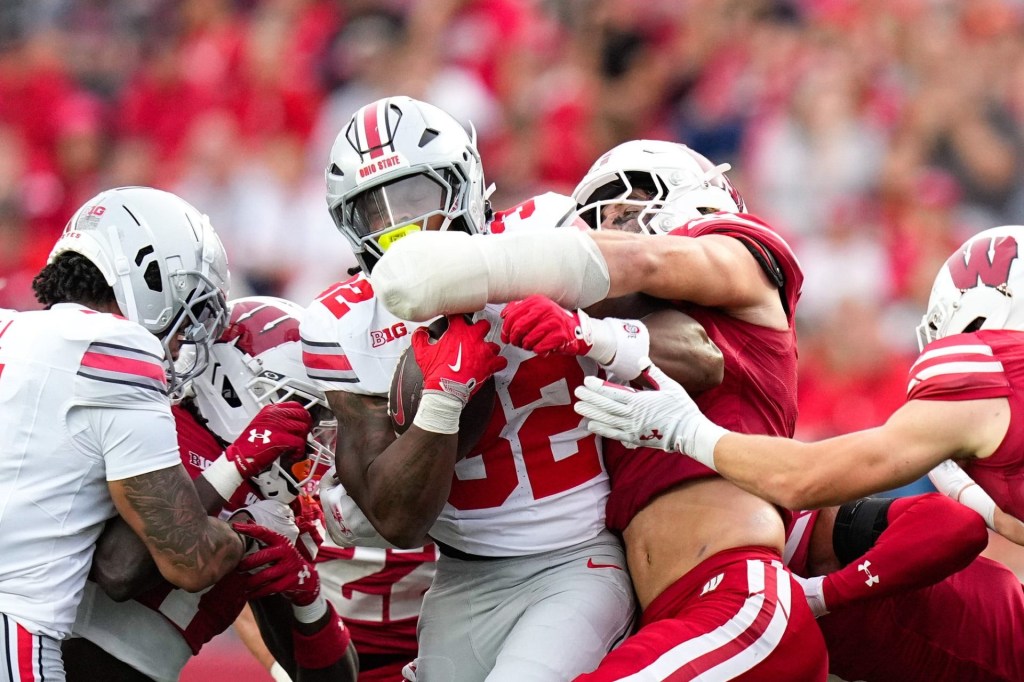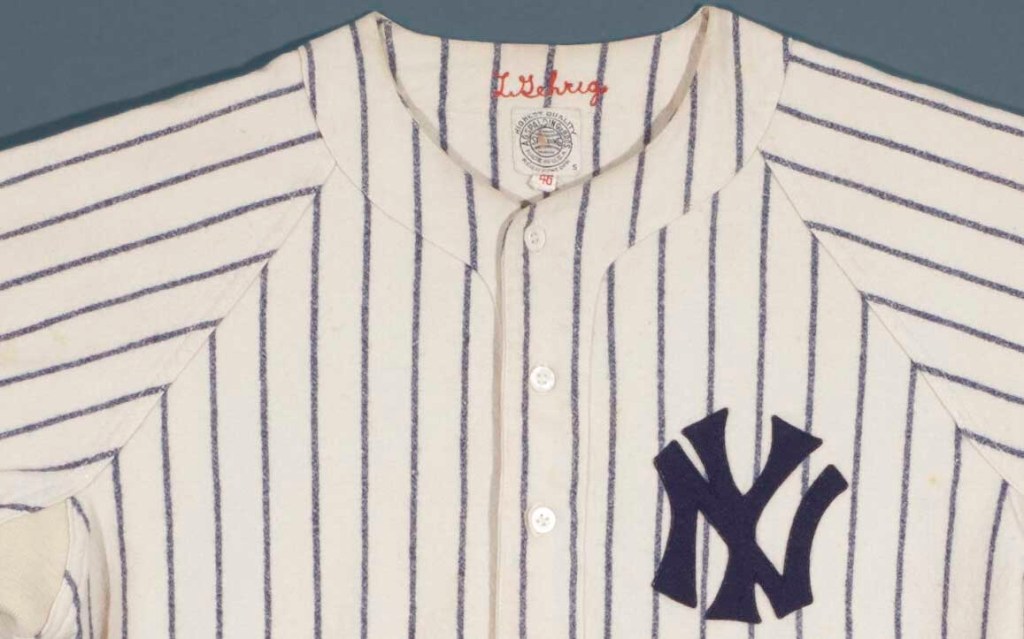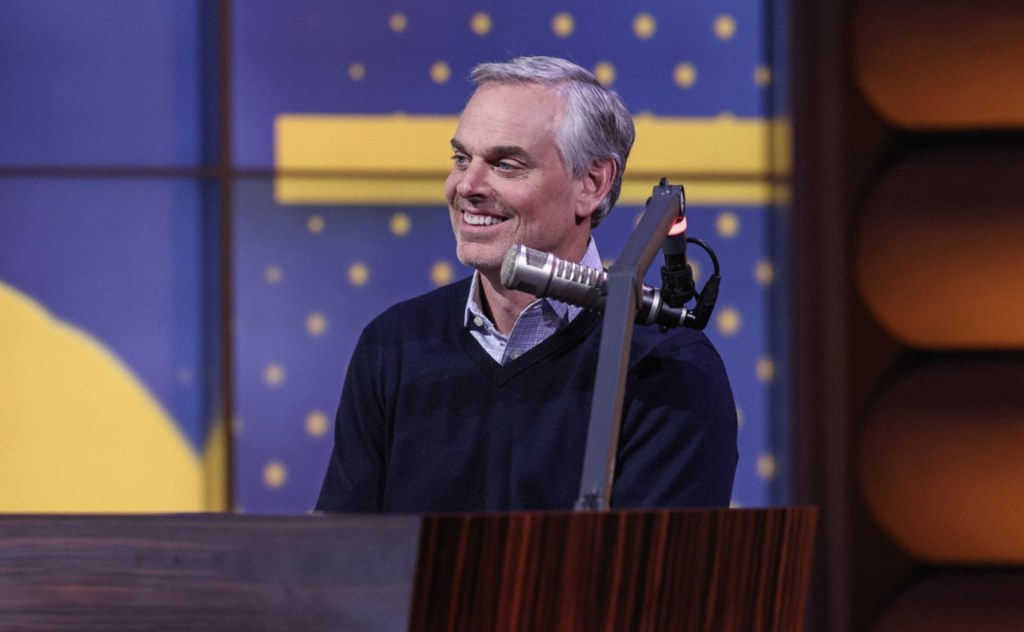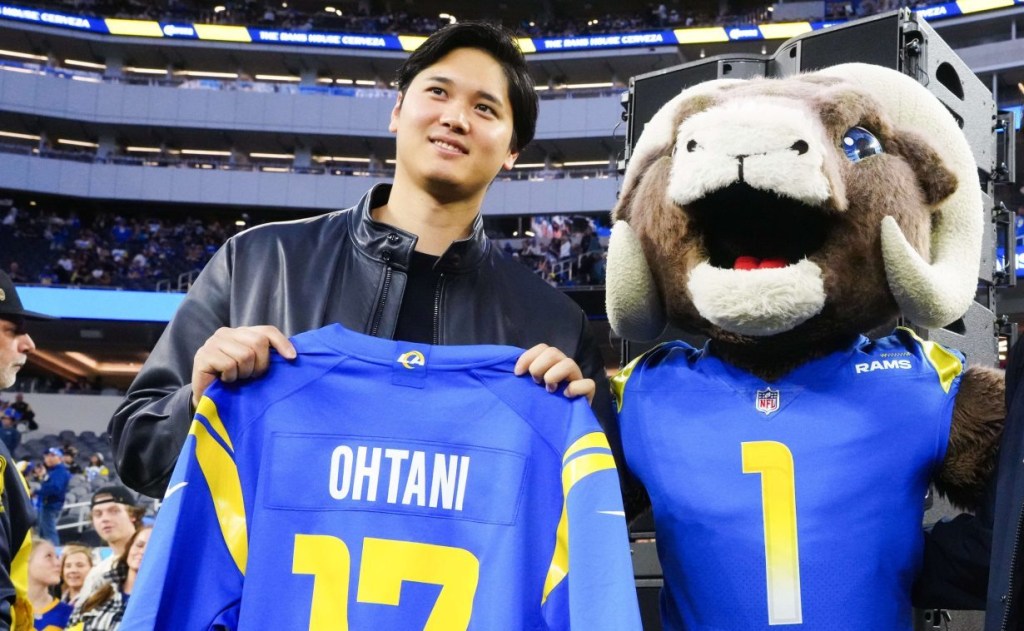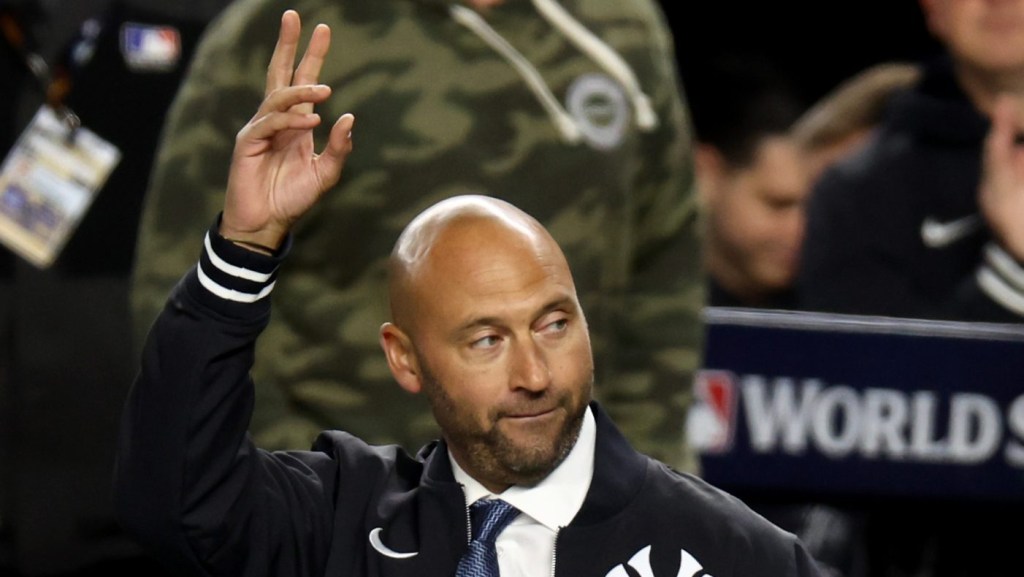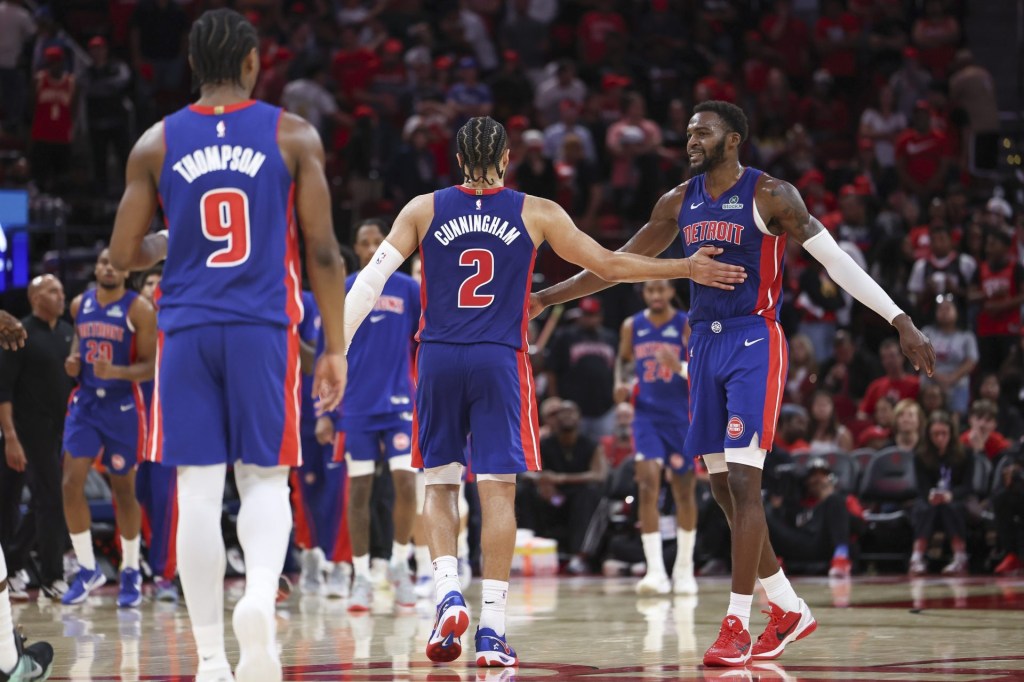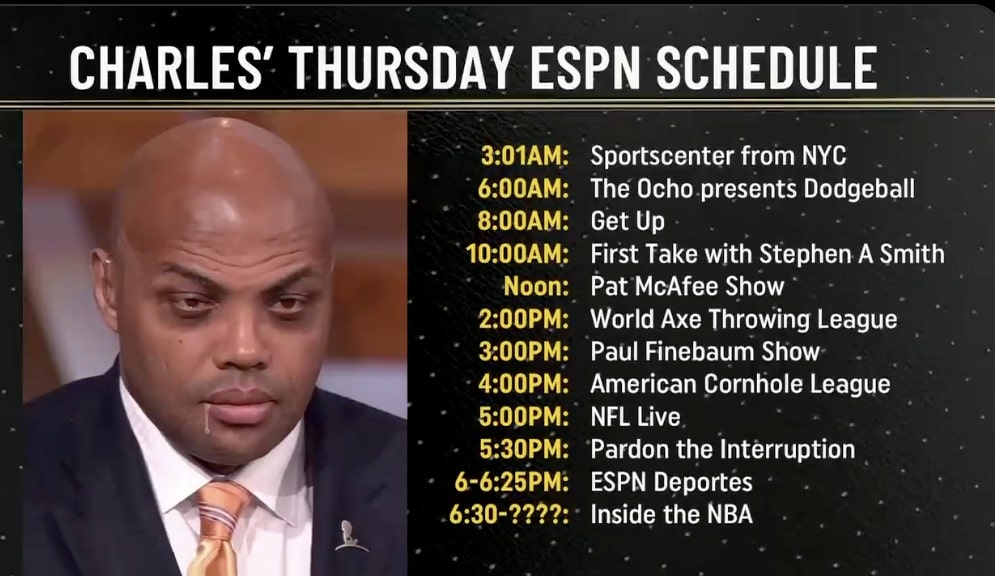LOS ANGELES — U.S. viewership of the World Series so far is expectedly down, but not as much as feared, and the event is showing substantial growth from last year, when also combined with record-setting Canadian audiences.
Fox said late Wednesday that it averaged 13.3 million viewers from Game 1 on Friday, down 13% from last year, while 11.6 million on average watched Game 2 on Saturday, down 16%. The declines were almost inevitable given the lack of two U.S.-based, Nielsen-rated markets in the World Series matchup between the Blue Jays and Dodgers, as well as the tough comparison from last year’s event with the Yankees and Dodgers that drew a seven-year high.
The presence of the Blue Jays and the rabid fandom for the team across Canada, however, mandates viewing this year’s World Series through a fundamentally different lens. When combined with the 7 million that Sportsnet averaged in Canada for Game 1—a figure that set a new record for a Blue Jays game there—the World Series opener generated an average of 20.3 million across the two countries, 34% higher than last year’s Game 1 in the U.S. French-language coverage of Game 1 in Canada on TVA Sports added yet another 502,000 viewers on average.
The same dynamic unfolded for this year’s Game 2. A Canadian average of 6.6 million on Sportsnet for that game, along with the 11.8 million on Fox, adds up to 18.4 million, beating the U.S. average of 13.8 million for last year’s Game 2 by 27%.
While the World Series is a major national, and now international, event, viewership from the home markets of the two competing teams drives a meaningful chunk of the overall audience. Last year, with the Blue Jays not in the World Series, Sportsnet simply carried the MLB international feed and did not have a native production for Canadian audiences.
Just in the U.S., Game 1 of the World Series had the highest viewership, aside from last year, since 2018. The second contest, meanwhile, was the most-watched Game 2 in the U.S., aside from 2024, in six years.
“No expectation that this would match last year’s NYY-LAD matchup,” in the U.S., tweeted Fox Sports president of analytics and insights Mike Mulvihill.
Viewership figures from Monday night’s 18-inning Game 3 thriller, won by the Dodgers after another historic performance from superstar Shohei Ohtani, have not yet been released, but it will bear watching how the 6-hour, 39-minute game impacted audiences. That game, the second-longest by time in MLB postseason history, ended at nearly 3 a.m. ET on Tuesday.
The 2018 World Series also featured an 18-inning marathon Game 3 from Dodger Stadium, and that game averaged 13.25 million viewers. That audience figure was the lowest of the five games in the Red Sox’ win that year, but only slightly. That Game 3 was also played on a Friday night, contrasting sharply with the Monday night slotting for this year’s comparable game.
Big in Japan
Not surprisingly, Japanese viewership of the World Series posted more milestones, thanks in large part to the presence of Ohtani and Dodgers teammates Yoshinobu Yamamoto and Roki Sasaki, all hailing from the country.
Game 1 averaged 11.8 million viewers on NHK-G, making it the most-watched World Series game ever in Japan aired on a single network, and the No. 3 World Series game there in history. Last year, the Yankees-Dodgers games in Japan aired on multiple over-the-air networks. Game 2, meanwhile, averaged 9.5 million viewers on NHK-BS.
With the time difference from U.S. prime time, the World Series games aired in the late morning in Japan.
